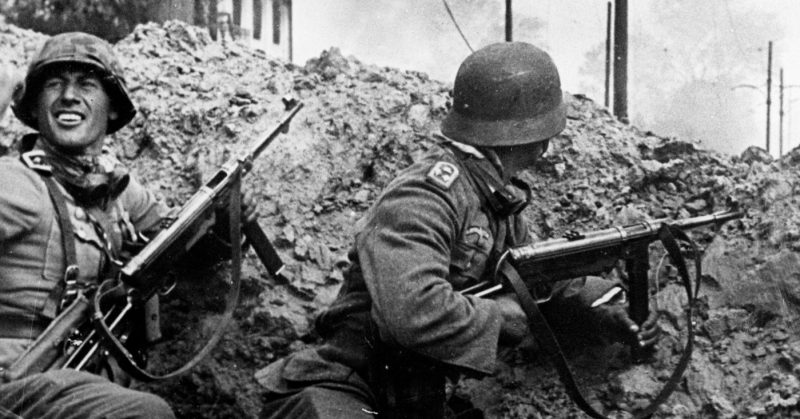The Battle of Stalingrad was not only one of the largest battles of the Second World War, but it was also one of the biggest and bloodiest battles in all of human history.
German forces attacked the city of Stalingrad (now called Volgograd, located in southern Russia) on August 23, 1942. The battle lasted until the 2nd of February 1943, when Soviet forces retook what was left of the city.
During that time, 2.2 million people participated in the battle, around 700,000 of whom did not make it out of Stalingrad alive.
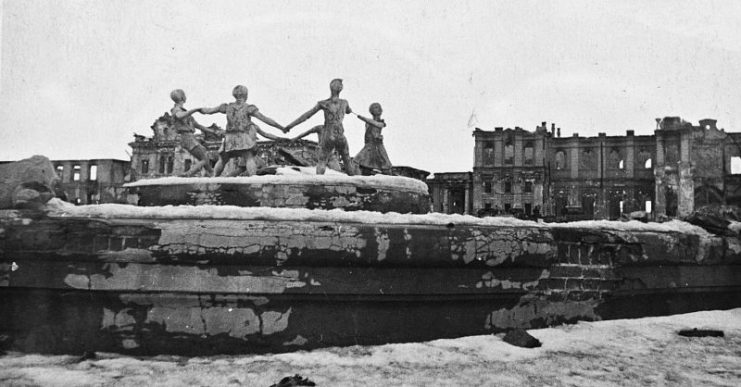
Adding those who were wounded or taken prisoner to that number brings the casualty total closer to two million, and it is estimated that the average life expectancy of a Soviet soldier at the height of the battle was a mere twenty-four hours.
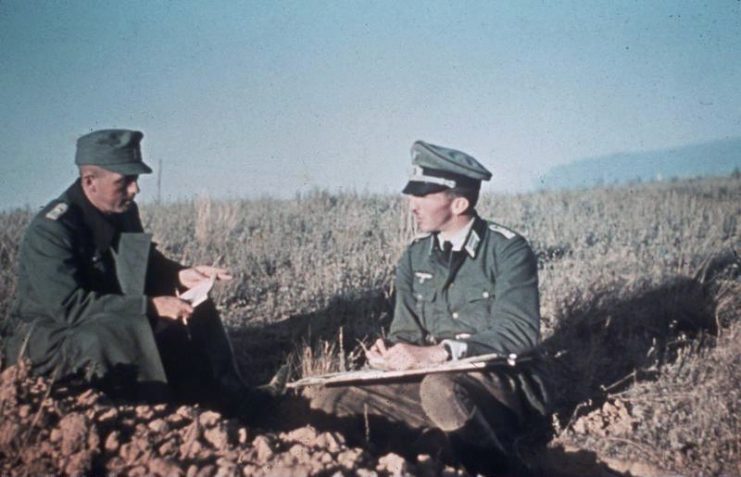
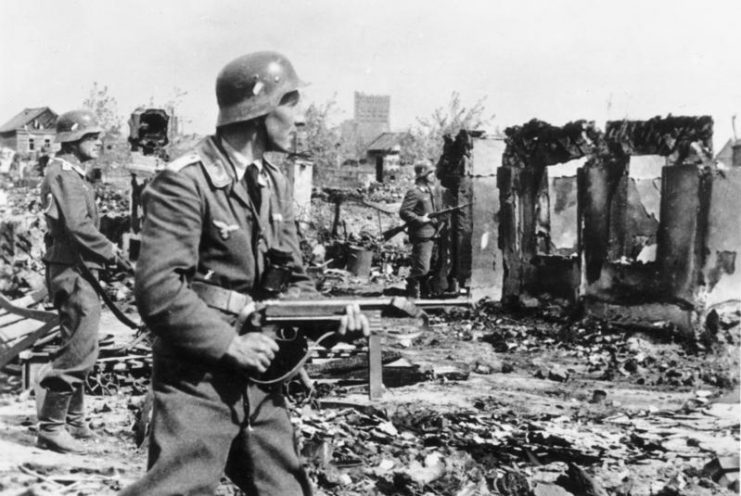
The battle for control of the city of Stalingrad was part of Hitler’s 1942 Summer Offensive against the Soviet Union, the aim of which was to capture the Caucasus oilfields and destroy what was left of the Soviet Army. The city of Stalingrad was strategically important in terms of the Germans’ aims since it is on the Volga River, which was a key supply route for the Soviet interior.
It was also important in terms of morale and propaganda, both to the Germans and the Soviets. As the city bore Soviet leader Joseph Stalin’s name, taking control of it would provide a massive morale boost for the German troops while simultaneously crushing the spirit of the Soviets.
To this end, German General Friedrich von Paulus, leading the Sixth Army and elements of the Fourth Panzer Army, was ordered to take the city.
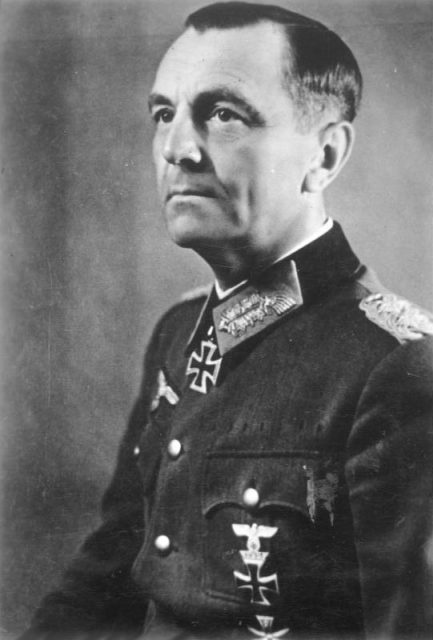
He started his assault on the city on August 23, 1942. Hitler had ordered that when the city was taken, all male Soviet citizens were to be executed, while all the Soviet women and children were to be deported. Stalin, meanwhile, ordered that the city be defended at all costs, and he was prepared to sacrifice as many troops as it took to hold the city. The stage was thus set for a gargantuan battle.
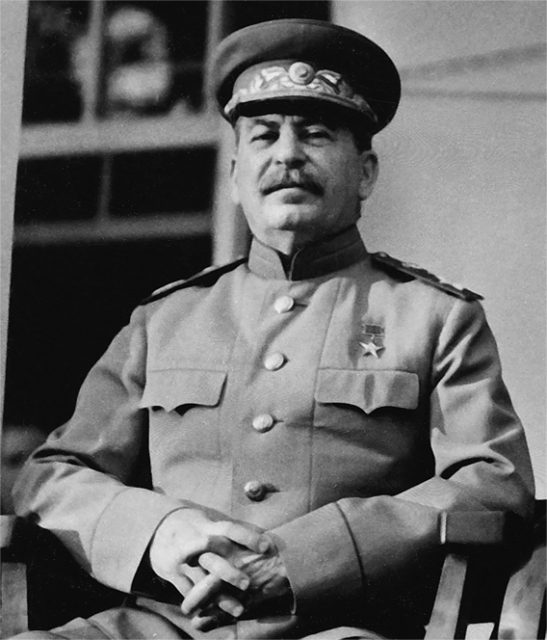
In the weeks leading up to the assault on the city, four relatively ragtag Soviet armies engaged in a series of running battles against the German Sixth Army to try to at least slow the German advance. In terms of this goal, the Soviets were at least partially successful.
They managed to put enough of a dent in the Germans’ momentum to ship cattle, railway cars and grain out of Stalingrad and across the Volga River. Most of the city’s citizens, however, were not evacuated in time. Thus, when the Sixth Army appeared on the horizon, and the Luftwaffe planes began their bombing campaign, many civilians were still in the city–around 400,000, according to historical estimates.
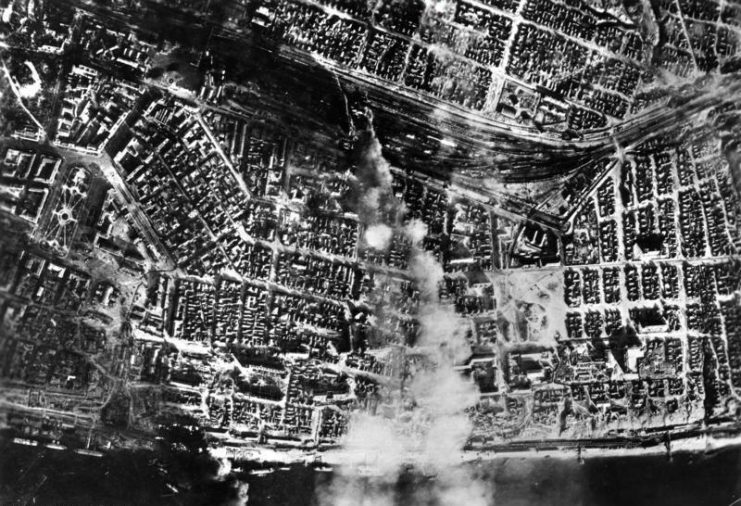
Luftflotte 4, one of the largest divisions of Germany’s Luftwaffe, was the division tasked with bombing Stalingrad. At the time this division launched its offensive, it was the most powerful single air formation on earth. One thousand tons of bombs were dropped on the city in 48 hours, some of which caused a massive firestorm. By the time Luftlofte 4 completed its bombing mission, most of the city had been reduced to rubble.
Despite this, those factories that had not been destroyed continued to produce tanks and weapons, and civilians were put to work repairing infrastructure and manning defenses.
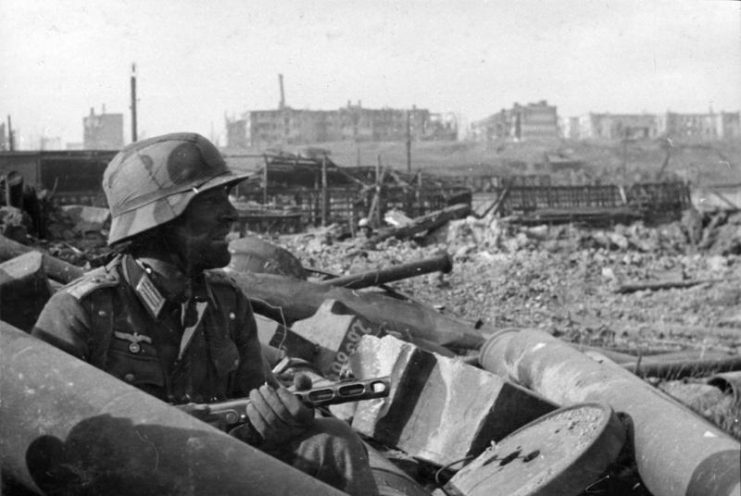
Much of the city’s defense up to this point was conducted by the 1077th Anti-Aircraft Regiment. A volunteer force composed mainly of young women, they took on the advancing German tanks of the 16th Panzer Division with their anti-aircraft guns.
Despite being poorly trained, they fought fiercely, and it was only when most of their posts were overrun that the surprised Germans discovered that they had been fighting women.
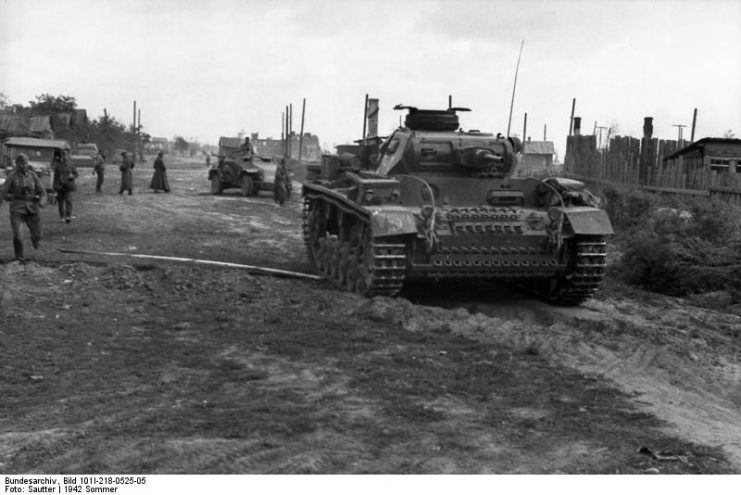
Other aspects of the city’s defense involved untrained civilians pressed into hastily-formed militias. They did what they could against the Germans but were not particularly effective. Some of them were sent into battle without rifles, which made them little more than cannon fodder.
The Luftwaffe’s control of the skies proved to be a major boon for the Germans. Any attempts at counter-attacks by the Soviet armies on the ground were swiftly quashed by German airplanes. Fighting soon moved into the city itself, and this was where things became especially fierce and bloody.
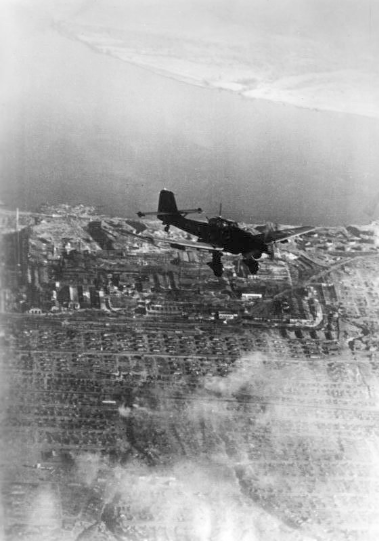
Soviet commanders were under strict orders to execute any deserters, and to die rather than retreat. If any Soviet commander gave an order to retreat, he knew he would face a fate worse than death if he survived. The Germans were under similar orders from Hitler, so they knew that they had to take the city at all costs.
By September 12, after a few weeks of ferocious fighting, the Soviet 62nd Army in the city had been reduced to a mere 20,000 troops. However, in the fighting in the streets and among the ruined buildings, they had managed to exact a severe toll on the German invaders.
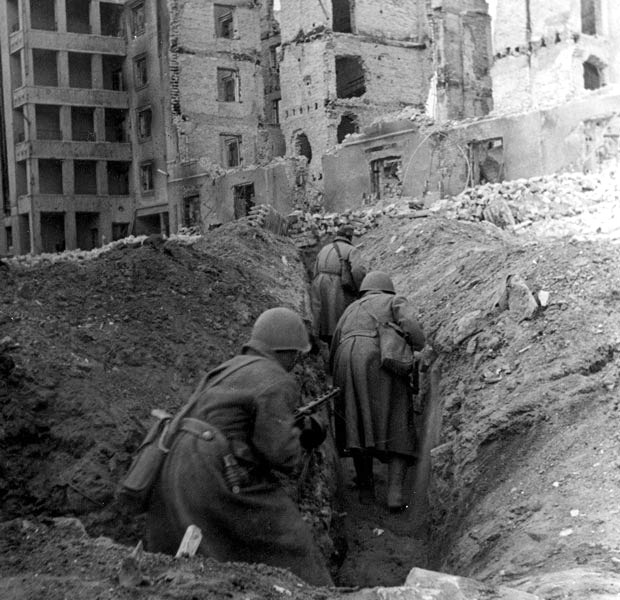
Soviet reinforcements arrived from across the Volga, but they could do little to stem the seemingly unstoppable tide of the German advance. The 13th Guards Rifle Division, for example, sent in to bolster Soviet defences in mid-September, suffered a 30% casualty rate in their first 24 hours in the city. Not much longer after this, almost every one of the 10,000 members of the 13th was dead.
Despite many incidents like this, the Soviets refused to surrender, fighting hard to retake every building lost to the Germans, with some ruined buildings changing hands dozens of times over a 24-hour period. In the combat among the ruins, snipers played an important and deadly role for both sides, with snipers such as Vasily Zaytsev killing 225 German soldiers in the city.
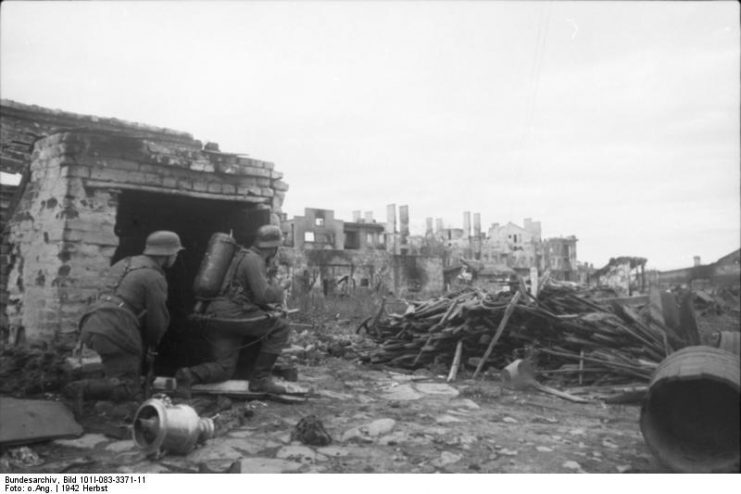
By the end of October, the Germans controlled most of Stalingrad, and Soviet resistance was limited to a few small patches along the western bank of the Volga, as well as a particularly stubborn spot of Soviet resistance called Lyudnikov’s Island. By the middle of November, German forces controlled over 90% of the city. If the Germans thought that the battle was won, however, they were in for a terrible surprise.
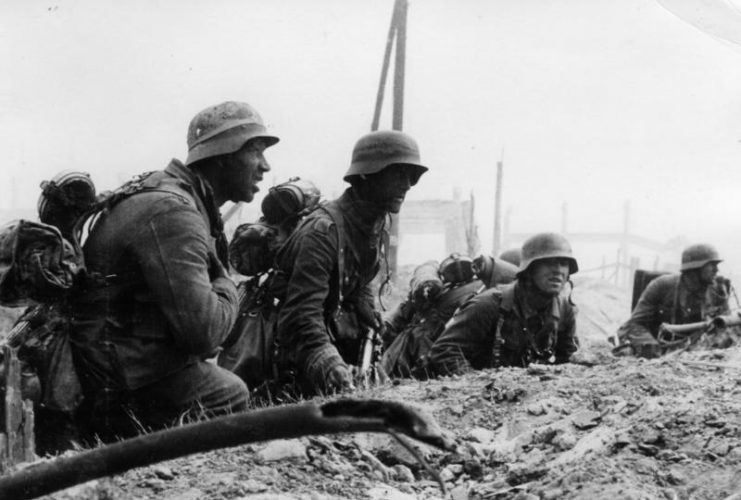
On November 19, 1942 the Soviets launched Operation Uranus, a massive counter-attack that aimed to retake Stalingrad. The Hungarian and Romanian Axis armies protecting the German flank were overrun by Soviet forces. Three Soviet armies encircled the city, trapping the German forces inside and cutting off their supplies.
In addition to impending starvation and the fact that ammunition was starting to run out, the Germans had another foe to contend with: the bitter winter, for which they were ill-prepared. Nonetheless, beleaguered as they were, many German troops within the city put up fierce resistance to the Soviet counter-attack, and it took the Soviets a further two months to recapture the city.
Read another story from us: Stalingrad – Breaking Down the German Disaster
When the last remnants of the once-mighty German Sixth Army surrendered Stalingrad to the Soviets on February 2, 1943, the Germans had lost over 500,000 men. Including Soviet casualties and people taken prisoner, over 1.8 to 2 million lives were lost in the battle, making it one of the bloodiest in history.
It was to be a major turning point in the Second World War, with any Axis hopes of ultimate victory being effectively squashed after Stalingrad.
